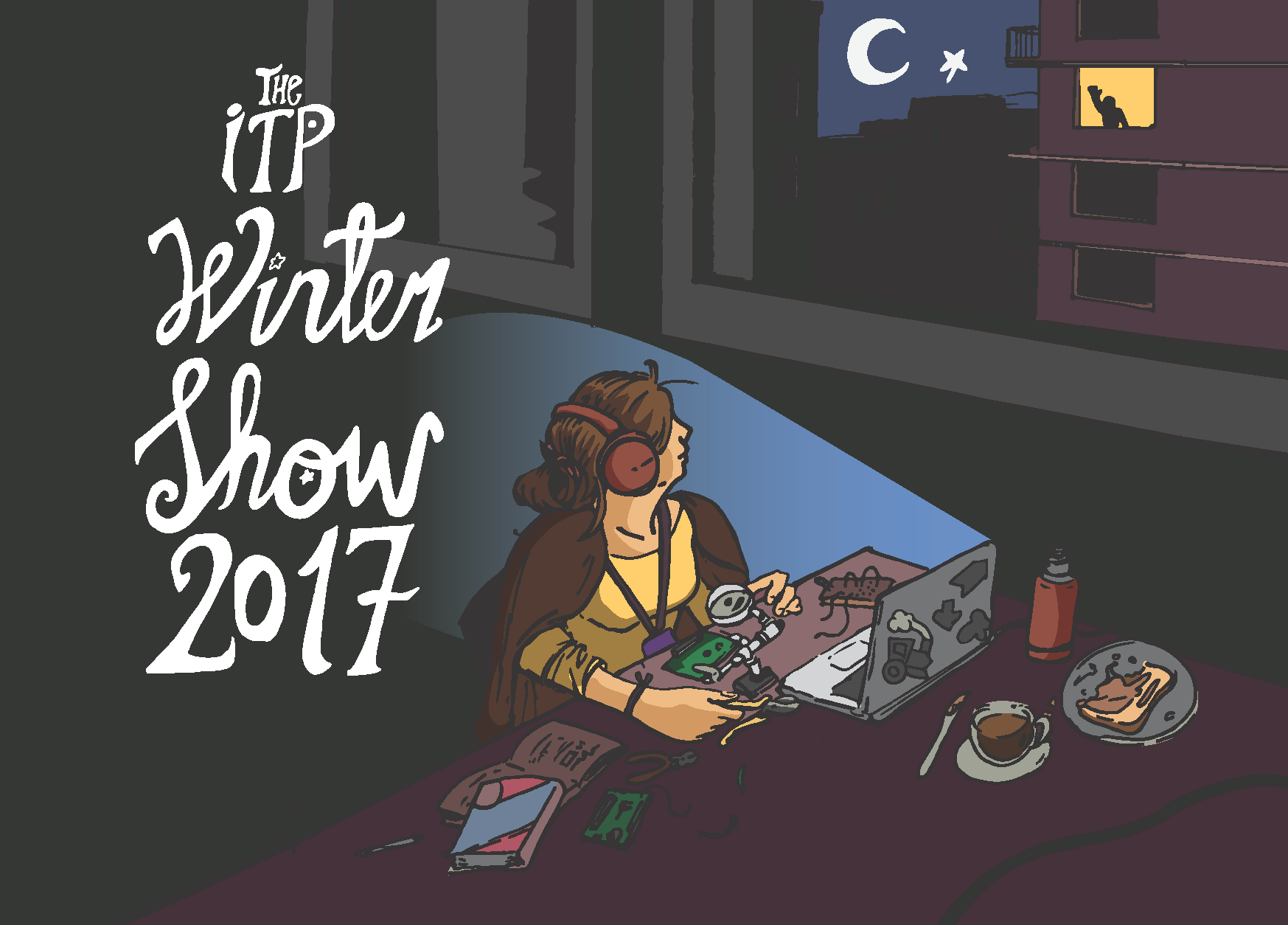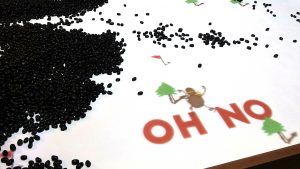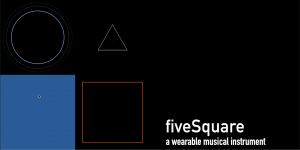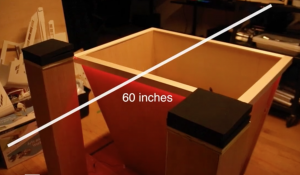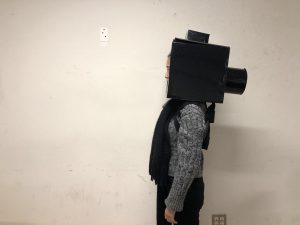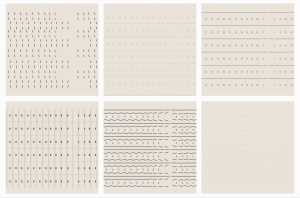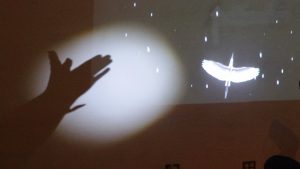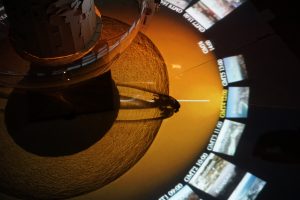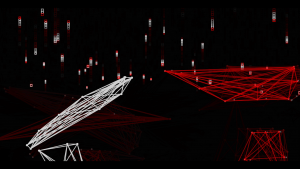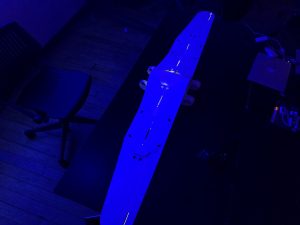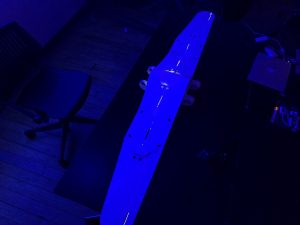Max Horwich
Beautiful music and hypnotic animation are at your fingertips. With fiveSquare, if you can bend your fingers, you can play a song!
Description
fiveSquare is a musical instrument for people who don’t play music. A glove connected to a digital synthesizer enables the user to create beautiful, expressive sounds, regardless of musical knowledge or skill level. While our product is not the first glove for making music, it is the first designed explicitly for users with no musical background. If other wearable music controllers are Adobe Photoshop, fiveSquare is Instagram.
Our web-based digital audio workstation is a simple grid where users can trigger loops and play melodies accompanied by hypnotic animated visuals. Click or tap each of four smaller squares on the left to build a beat out of drum and synthesizer samples and drag your finger or mouse across the larger square on the right to play melodies over it. Then with our specially designed fiveSquare Glove connected, the music literally comes alive in your hand. Flex sensors in each finger control parameters for different instruments, and by bending their fingers, users can adjust the tempo of the drums, the pitch of the bass, or cycle through chords on an arpeggiated synthesizer.
For demonstration at the 2017 ITP Winter Show, fiveSquare has minimal demands on space and equipment. All we need is a few square feet of space for a laptop or tablet and a small mixer (multiple headphone outputs will allow users to perform for an audience without overwhelming an already loud space with noise from speakers). An external recording device will capture audio of the entire evening’s interactions, and participants will be invited to leave an email address where we can send them the recording of their experience.
Classes
Introduction to Computational Media, Introduction to Computational Media, Introduction to Physical Computing, Prototyping Electronic Devices
